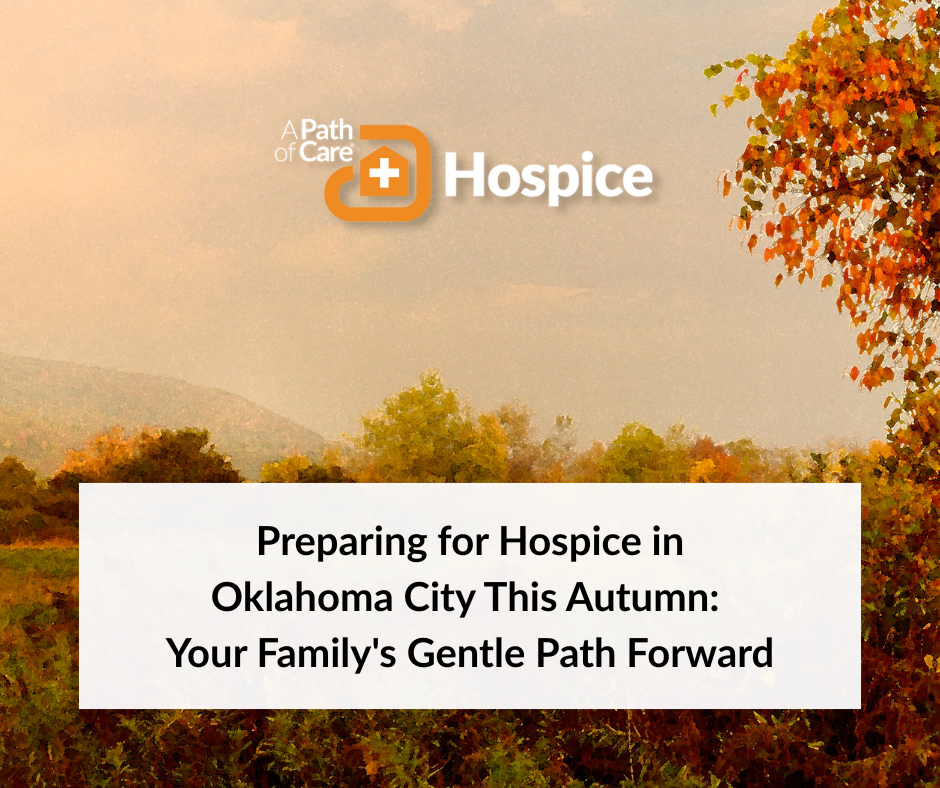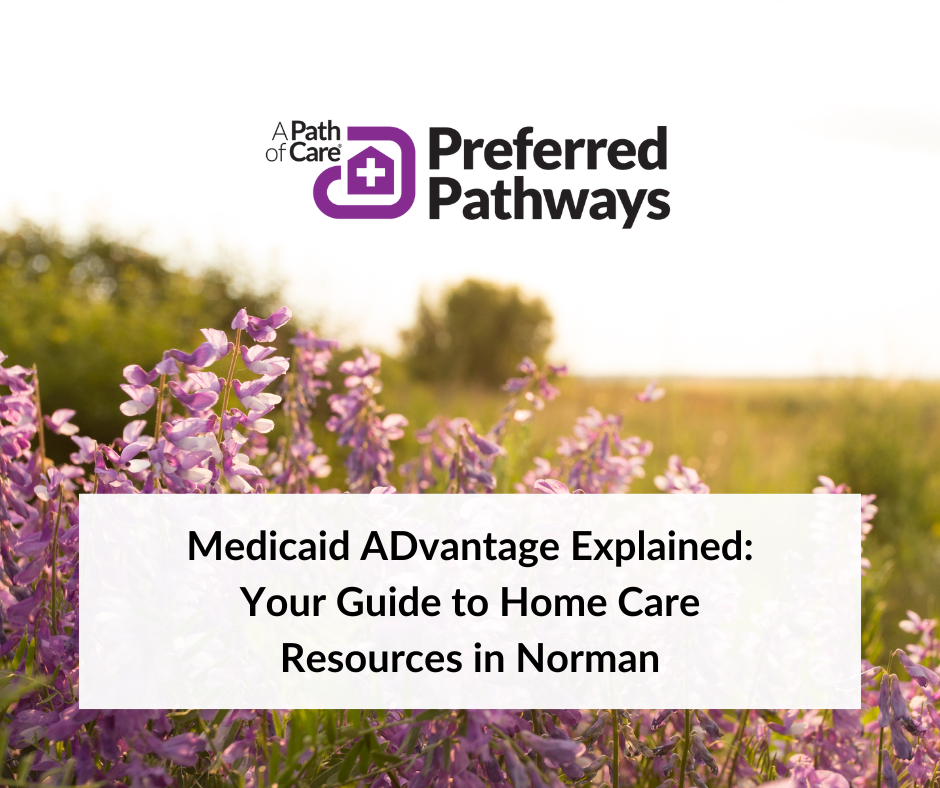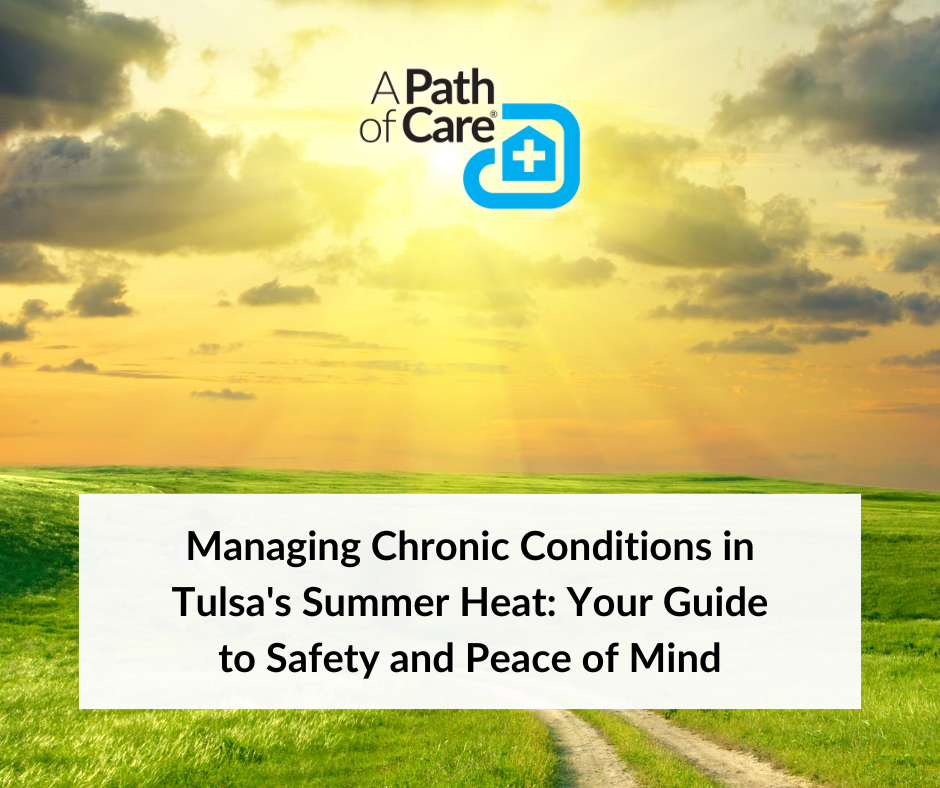Studies show that planning ahead can make a big difference in helping you handle an emergency if it occurs. Are you prepared for a weather emergency? Disease outbreaks? Fires or power outages?
Getting ready for an emergency is as easy as one, two, three:
Step 1 - Prepare an Emergency Kit
Keep emergency kits in plastic boxes or backpacks, so they’re portable if you have to leave your home for any reason. Consider including:
Food & Water
- Store about a gallon of water per person, per day (3 day supply for evacuation, 2-week supply for home).
- Include healthy, non-perishable, easy to prepare foods. This could be protein bars, granola bars, trail mix, or dried fruit. Canned tuna, dried meats, beans, shelf-stable juices can be stored for some time. Don’t forget the manual can opener!
Medical Supplies
- Check that your first-aid kit is fully stocked with bandages, medical tape, and antibacterial ointment.
- Keep at least a 7-day supply of your medications on hand.
- Include sanitation and personal hygiene items.
- Have an up-to-date list of all of your medications.
Other Helpful Items
- Keep flashlights and extra batteries on hand.
- A battery-powered or crank radio will let you check on changing conditions.
- Candles and waterproof matches may come in handy if the power goes out.
- Keep copies of personal documents in a waterproof holder (proof of address, insurance documents, driver’s license, etc.)
- Include extra cash and a set of your keys in your kit.
.png)
Step 2 - Make a Plan... Then Practice It
- Plan ahead for your emergency needs. For example, if you depend on oxygen equipment, let your local power company know. They may be able to give you advanced warning of any planned outages.
- Plan an emergency escape route, with two ways to get out of any room. Check your smoke detectors at least twice a year. Make sure each person in your home knows where the fire extinguisher is and how to use it.
- Identify the safe spots in your home and your community. Where should you go in case of tornadoes, floods, or other disasters?
- Conduct a home safety hunt. Do you see anything that could lead to trips, falls, burns, or other injuries in an emergency? If so, rearrange or reorganize to reduce your hazards.
.png)
Step 3 - Be Informed
- Think about how you will handle different types of emergencies throughout the year. When the weather gets cold, how would you handle a power loss? What about storm season or extreme heat? Make sure that you have essential supplies on hand.
- Pay attention to the weather reports and news so that you aren’t surprised by sudden changes.
- Change the items in your emergency kit as needed.
[[cta]]
For Seniors with Health Concerns
If you know a homebound senior who may be at risk in an emergency, call us for a home health and safety assessment. Our nurses and therapists are trained to identify hazards. They can recommend changes to prevent falls, burns, or other injuries.
We can also help seniors manage chronic medical conditions, such as heart disease, diabetes, or lung problems. Our skilled nursing and therapy services can often make the difference in helping you live safely and independently in your own home.
Please call us at (844) 301-4705 or send an email to answers@APathOfCare.net for a personalized home health eligibility assessment. We can discuss your situation and see if home health services would benefit you or someone you love.






